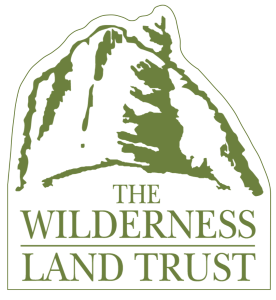The Future of Our Wild Places:
2022-2026 Strategic Plan
“The wilderness that has come to us out of the eternity of the past, we have the boldness to project into the eternity of the future.”
– Howard Zahniser
Last year, as the Wilderness Land Trust celebrated our 30th anniversary, we reflected back on all that we’ve accomplished together. We also undertook a strategic planning process to point our gaze forward and set the Trust’s course into the coming decades. While our work remains anchored in the same mission that has brought us this far – to keep the promise of wilderness by acquiring and transferring private lands – the national conservation landscape is changing and we have the opportunity to rise to meet new challenges. The threats that our wild places face today are more complex than ever before. But the tools available in our work to protect these special places are also more sophisticated than ever.
We’re excited to share with you our 2022–2026 Strategic Plan for how our small, but mighty, organization will continue to evolve, advancing how we work, where we work, and who we work with.
HOW WE WORK
By 2026 we will advance how we work by establishing a GIS-based inventory and analysis system.
Behind the scenes of the work you see is a process for identifying, inventorying, and evaluating potential projects. For three decades this process has been largely analog, using county maps and anecdotal data from project partners to analyze and select projects on a parcel-by-parcel basis.
With your support we are working to create the first-ever complete GIS-based inholding inventory, not only to support the Trust’s work, but as a tool that can be shared with our agency and non-profit partners.
Once a potential project is identified, we evaluate it using a prioritization criteria that scores its wilderness values and threat of development. Until now we have largely scored projects using on-the-ground staff assessments and consultation by partners. However, with the rise of remote sensing, GIS mapping, and powerful data modeling, it is becoming possible to measure factors like climate resilience and habitat connectivity on both a landscape scale and parcel-by-parcel. Using this technology, we are working to develop a dynamic analysis tool to layer with our on-the-ground work, making our prioritization criteria scoring more accurate and nuanced.
WHERE WE WORK
By 2026 we will expand where we work to protect vulnerable wilderness east of the Rockies and to more systematically include private edgeholdings.
The Trust’s work has been focused on protecting wilderness in the western lower 48 states, and more recently in Alaska. While states east of the Rocky Mountains only contain a combined 4% of the nation’s wilderness, it is vulnerable wilderness. Smaller wilderness areas often have little buffer of public lands surrounding them and are even more susceptible to the effects of nearby development.
Many eastern wilderness areas also provide important access to life- changing wilderness experiences for the residents of nearby urban centers. Driven by this need, your support will allow us to complete inventories of and begin protecting private wilderness inholdings in the upper mid-west and eastern states, expanding our work east of the Rockies.
While protecting private wilderness inholdings has always been at the heart of our work, we are seeing how rapid development is pushing the wildland-urban interface closer and closer to wilderness areas in many states. In response, we are working to complete inventories of private property adjacent to wilderness areas, known as edgeholdings. While we have sometimes protected edgeholdings in the past, this will allow us to approach it more systematically.
WHO WE WORK WITH
By 2026 we will expand who we work with by growing our community of supporters and partners, ensuring it is welcoming to the full diversity of people who love wilderness.
Since the Trust was founded three decades ago in the Roaring Fork Valley of Colorado, our work has been made possible by a community of passionate, generous, and committed supporters. That many of our donors, and even some members of our board of directors, have been with the organization since the beginning is a great source of pride.
As is the case for many conservation organizations, our ability to engage the next generation of conservationists is imperative to our continued success. We strive to share our mission with new audiences, communicating the value of wilderness, the threats of development facing it, and the benefits of our work to protect it in new and engaging ways. As we grow and strengthen our community, we are also working to ensure that we are welcoming diverse backgrounds, perspectives, and traditions of connecting with wild places.
Wilderness inspires people from all walks of life and backgrounds, and we have the opportunity to make sure they all have a seat at our table.
WE NEED YOU
To reach these goals by 2026, advancing how we work, where we work, and who we work with, we need your support.
We hope you are as excited and energized by what is to come for the Trust as we are. Achieving these goals while continuing our current work will mean expanding the organization’s capacity. We are asking you to invest in this vision alongside us as we grow and evolve, meeting new challenges to protect the wild places we love in an ever-changing world. No matter how you give, your support will allow our next 30 years to be as successful and impactful as our last 30 years.


